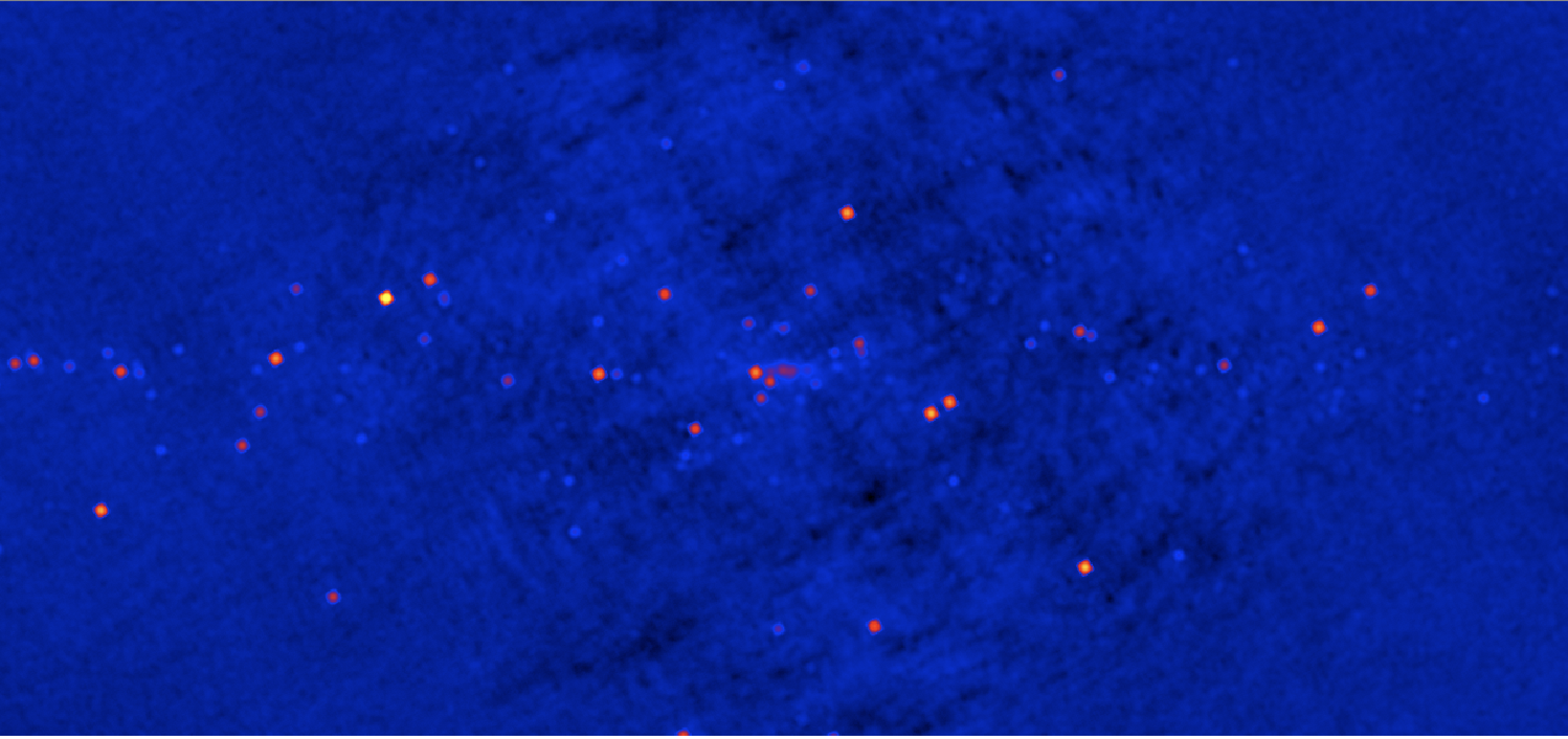
There is a wide variety of astrophysical phenomena that cannot be exhaustively studied through observations of individual sources, but requires instead a statistical approach based on large statistical samples. At the high energies covered by X and gamma ray astronomy, population studies are even more challenging. Since the beginning of X-ray/gamma astronomy, many surveys have been successfully carried out with the aim of both discovering new types of high energy emitters and to investigate the nature of the Cosmic X-Ray Background.
The last few decades of high energy astronomy have offered great opportunities for populations studies of compact sources (white dwarfs, neutron stars, black holes) in our Galaxy and beyond.
In particular two powerful and currently active hard X-ray missions, ESA’s INTEGRAL observatory and NASA’s Neil Gehrels Swift Observatory are performing some of the deepest and widest serendipitous hard X-ray surveys ever undertaken at energies E > 20 keV, giving unprecedented insights into the most extreme and violent phenomena in the Universe.
In more than eighteen years of operation, INTEGRAL observatory has provided a sharper view of the hard X-ray sky, above all thanks to the IBIS telescope which is the most suitable among the major in-flight instruments for imaging surveys in the hard X-ray band. IBIS provides the best combination of field of view, sensitivity and angular resolution needed to perform a wide-angle survey of the sky in a reasonable amount of time.
From the first INTEGRAL/IBIS survey to the last one based on the first 1000 satellite revolutions (up to the end of 2010), around 1000 sources have been detected at high energies, consisting mainly of AGN and X-ray binaries (LMXB and HMXB) but there are also cataclysmic variables(CV), supernova remnants (SNR) and pulsar/pulsar wind nebula (PWN) systems. A good fraction of the sources detected by INTEGRAL are newly discovered and/or unidentified high energy emitters (23% in the latest catalogue), which have been the triggers for many follow-up campaigns, from radio wavelengths up to gamma-rays.
Scientists at OAS have been intensively involved since the beginning in the INTEGRAL/IBIS all-sky surveys and have had responsibility within the consortium for the study of the extragalactic sources. OAS scientists have lead most of the X-ray and optical campagnas for the identification and the classification of the new INTEGRAL (IGR) sources and have concentrated on broadband studies of hard X-ray sources, with specific emphasis on active galactic nuclei.
Main projects:
- Broad Band studies of INTEGRAL AGN
